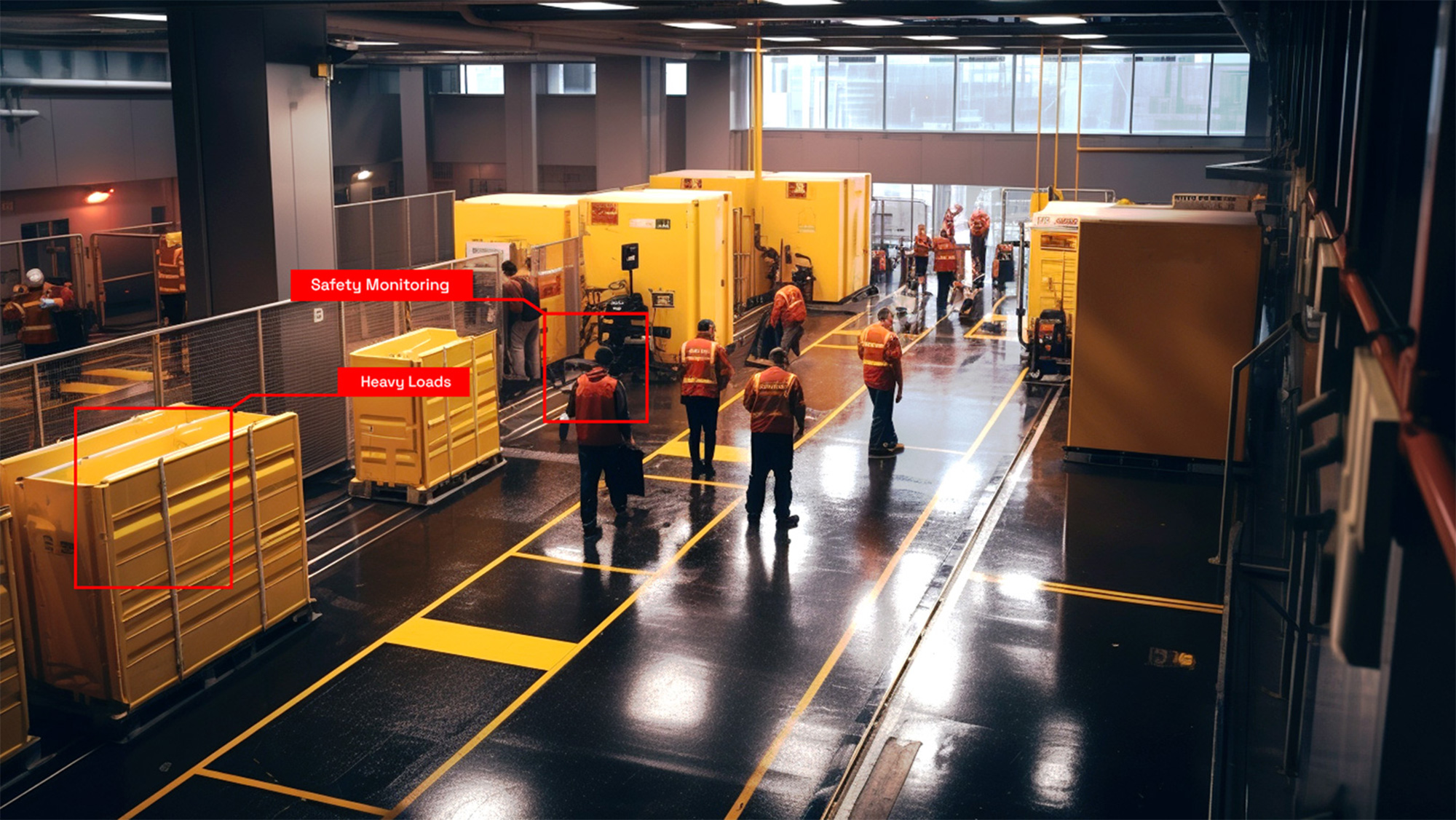AI-driven computer vision has become an industry-shaping technology, finds latest DHL’s Trend Report
 The computer vision market is proliferating, with experts projecting sales to increase more than fourfold, from $9.4 billion in 2020 to as much as $41.11 billion in 2030. Computer vision can improve efficiency, save time, increase sustainability, and reduce costs. Today, DHL publishes its newest Trend Report, “AI-Driven Computer Vision”, identifying computer vision as a trend that will become an integral part of standard operations in logistics over the next five years. This report illustrates how computer vision is applied across diverse sectors like retail, healthcare, manufacturing, and disaster response and recovery, and highlights its versatility within the logistics industry. This technology covers areas from health and safety to operations, and from assets to shipments.
The computer vision market is proliferating, with experts projecting sales to increase more than fourfold, from $9.4 billion in 2020 to as much as $41.11 billion in 2030. Computer vision can improve efficiency, save time, increase sustainability, and reduce costs. Today, DHL publishes its newest Trend Report, “AI-Driven Computer Vision”, identifying computer vision as a trend that will become an integral part of standard operations in logistics over the next five years. This report illustrates how computer vision is applied across diverse sectors like retail, healthcare, manufacturing, and disaster response and recovery, and highlights its versatility within the logistics industry. This technology covers areas from health and safety to operations, and from assets to shipments.
Applications in the logistics industry
For the logistics industry, computer vision brings forth several applications in four main areas:
Health and Safety: Amongst others, computer vision can improve workplace safety by identifying potential hazards in warehouses, depots, and other logistics facilities, thus minimizing risks, and preventing accidents. Computer vision can also improve employee health by recognizing bad posture and movement, detecting early signs of fatigue, and tracking whether workers are wearing the right protective equipment to ensure compliance.
Operations: To detect bottlenecks and other inefficiencies, computer vision can create heatmaps to analyze workflow patterns within a facility or outside in the yard, and even function as a security guard by promptly identifying unauthorised entry or intrusion.
Asset management. Computer vision technology can help monitor logistics assets consistently and alert maintenance teams before any issues arise. Even if defects have already occurred, computer vision can help to automatically identify probable asset flaws, mistakes and anomalies and simplify defect detection.
Shipment processing. Computer vision offers the advantage of automating and simplifying the dimensioning process in shipping, where precise measurements of object areas or volumes are essential for calculating storage capacities, load planning, transportation logistics, and shipment billing. It also can check that shipments are compliant and properly classified for sorting, as well as automate inventory counting cycles.
To download the latest DHL Trend Radar “AI-Powered Computer Vision”, please visit: https://www.dhl.com/pf-en/microsites/csi/computer-vision/understanding-computer-vision.html


